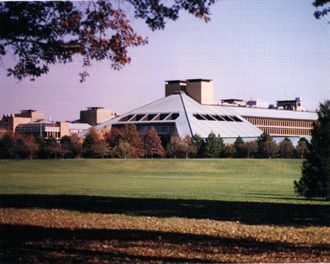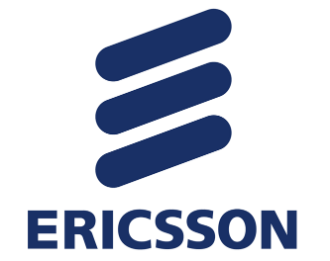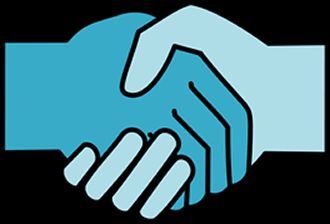 Alcatel-Lucent appears to have given new life to a traditional copper telephone line.
Alcatel-Lucent appears to have given new life to a traditional copper telephone line.
The outfit’s Bell Labs research division claimed to set a new world record by delivering “ultra-broadband” speeds of 10,000Mbps over the aging infrastructure using a prototype technology called XG-FAST.
The prototype XG-FAST tech also demonstrated how existing copper access networks could be used to deliver symmetrical speeds of 1Gbps or 1000Mbps.
It is being described as being an “extension” of G. technology that can provide Internet connection speeds which are “indistinguishable” from fibre optic Fibre-to-the-Home (FTTH) services.
BT uses Fibre-to-the-Cabinet (FTTC) technology in the United Kingdom to deliver speeds of up to 80Mbps. That technology works by replacing the existing copper cable between street cabinets and your local telephone exchange with a fibre optic line. The final copper line run from cabinets and into homes is then managed by VDSL2 technology.
G.fast takes even better advantage of the latest advancements in Vectoring 2.0 to reduce interference. This allows it to operate at speeds of up to 1Gbps, by only by using higher frequencies (106MHz+) and over even shorter runs of copper cable.
If anyone were to design the a system based around it they would combine G.fast with Fibre-to-the-Distribution-Point (FTTdp) or FTTrN technology, which takes the fibre optic cable even closer to homes.












